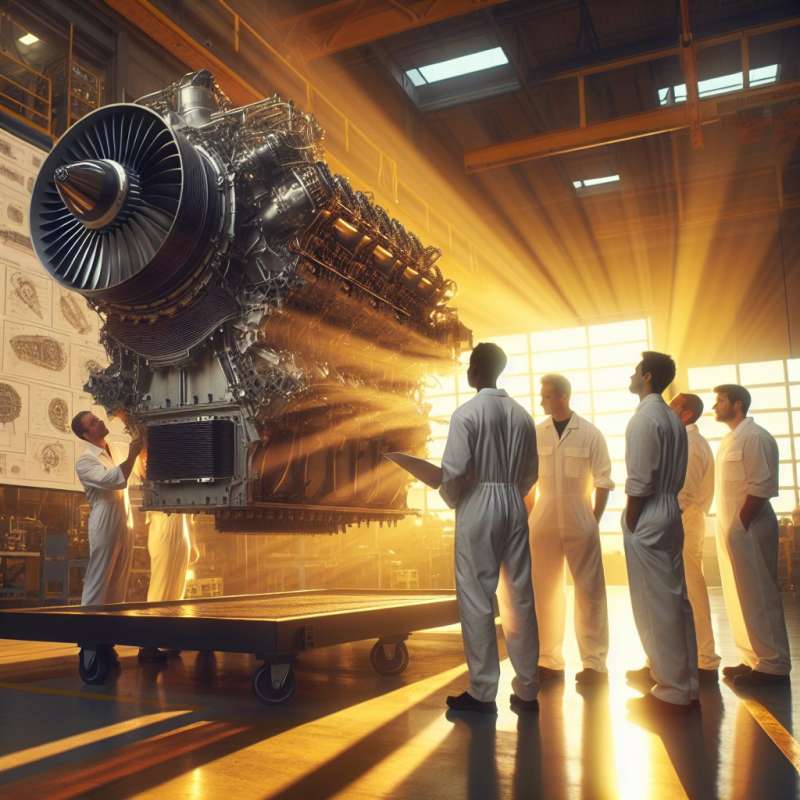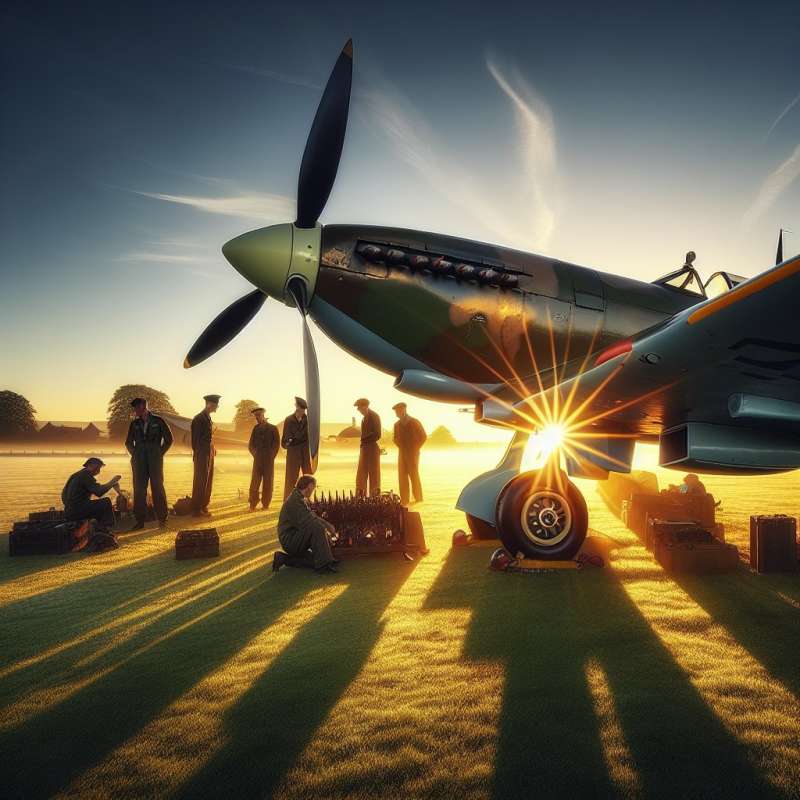
Origins and Development
The Rolls-Royce Merlin engine, initially known as PV-12, was developed in the 1930s. Its design aimed to surpass contemporary engines, leading to its pivotal role in WWII aviation, powering famous aircraft like the Spitfire and Hurricane.
Technical Innovations
The Merlin featured a two-stage supercharger, enhancing high-altitude performance. Its robust design included a liquid-cooling system, which was crucial for maintaining engine efficiency and reliability in the demanding conditions of aerial combat.
Impact on Air Superiority
Merlin's introduction transformed air warfare. The engine's power enabled the Spitfire and Hurricane to outmaneuver enemy aircraft, contributing significantly to the Battle of Britain's success and altering the course of WWII.
Widespread Usage
Beyond British aircraft, the Merlin engine powered the American P-51 Mustang. This unlikely collaboration resulted in one of WWII's most formidable fighters, showcasing the engine's versatility and impact across Allied forces.
Legacy and Continued Influence
The Merlin's engineering principles influenced post-war aviation and automotive industries. Its success laid the groundwork for future Rolls-Royce innovations, cementing the engine's place as a technological marvel of its time.Merlin's Unlikely Rescue Role
In WWII, Merlin engines powered rescue boats, aiding downed pilots in the English Channel, showcasing its surprising versatility beyond aircraft.
What was the initial name of the Merlin?
PV-12
P-51
Hurricane
Company